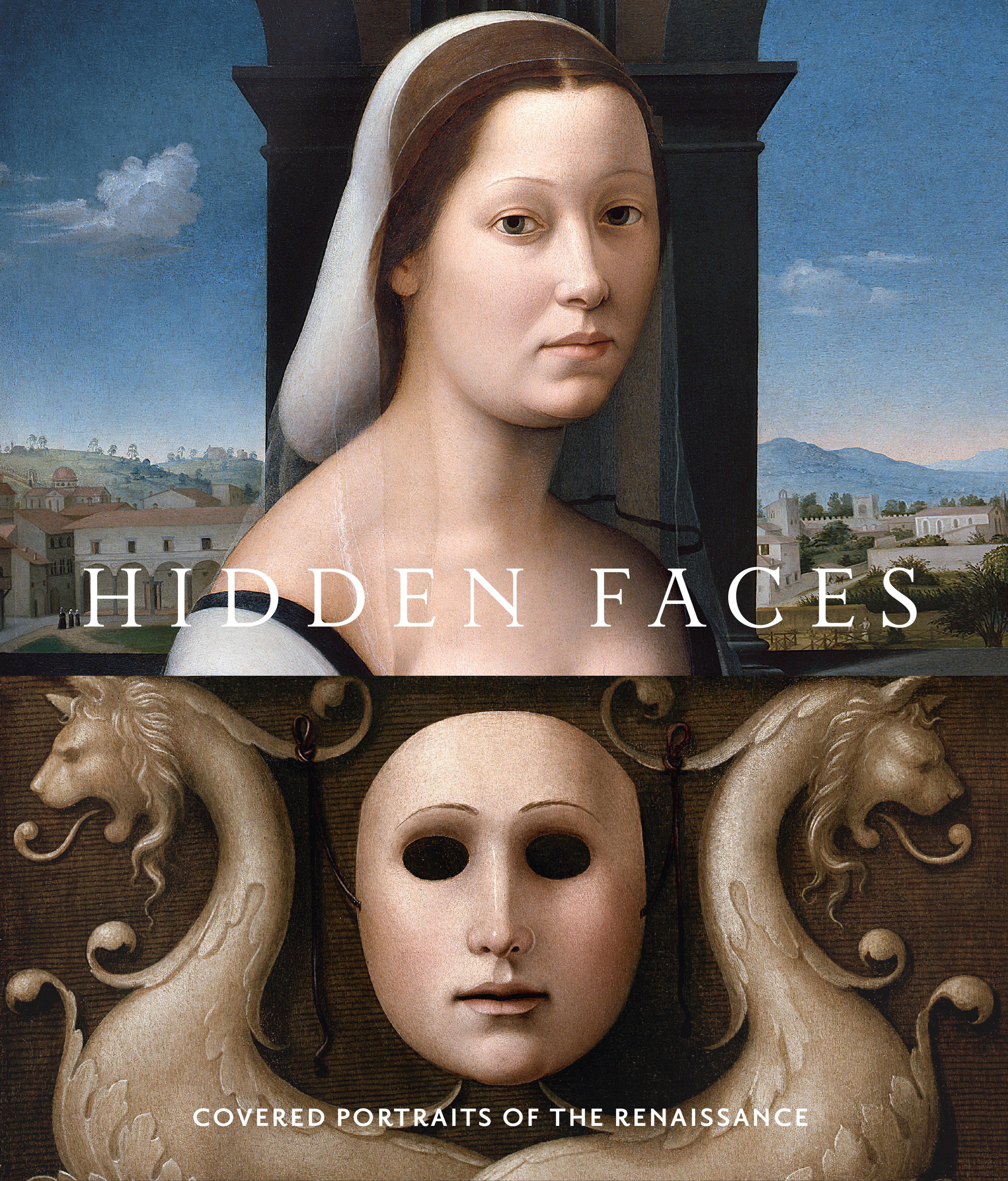The Lamentation of Christ
The lifeless body of Christ rests in his mother's lap, his torso supported by Joseph of Arimathea and his proper left forearm grasped by Nicodemus. Just behind, and somewhat apart from the Virgin, Saint John the Evangelist kneels in prayer. Mary Magdalen and a female companion express their quiet grief at far left. Essentially a Pietà in concept, this image of mourning foregrounds Christ's limp body, reminding the viewer that his sacrifice makes possible mankind's salvation through the celebration of the Eucharist. The drooping poppy at bottom left symbolizes sleep and death. This painting was probably commissioned by Margaret of York, Duchess of Burgundy, during her visit to Valenciennes for the meeting of the Order of the Golden Fleece (early 1473). The knotted C's and M's, as well as the coat of arms on the panel's reverse, indicates her ownership and references her marriage to Charles the Bold, Duke of Burgundy.
Artwork Details
- Title:The Lamentation of Christ
- Artist:Simon Marmion (French, Amiens ca. 1425–1489 Valenciennes)
- Date:ca. 1473
- Medium:Oil and tempera (?) on oak panel
- Dimensions:20 3/8 x 12 7/8 in. (51.8 x 32.7 cm)
- Classification:Paintings
- Credit Line:Robert Lehman Collection, 1975
- Object Number:1975.1.128
- Curatorial Department: The Robert Lehman Collection
More Artwork
Research Resources
The Met provides unparalleled resources for research and welcomes an international community of students and scholars. The Met's Open Access API is where creators and researchers can connect to the The Met collection. Open Access data and public domain images are available for unrestricted commercial and noncommercial use without permission or fee.
To request images under copyright and other restrictions, please use this Image Request form.
Feedback
We continue to research and examine historical and cultural context for objects in The Met collection. If you have comments or questions about this object record, please contact us using the form below. The Museum looks forward to receiving your comments.
